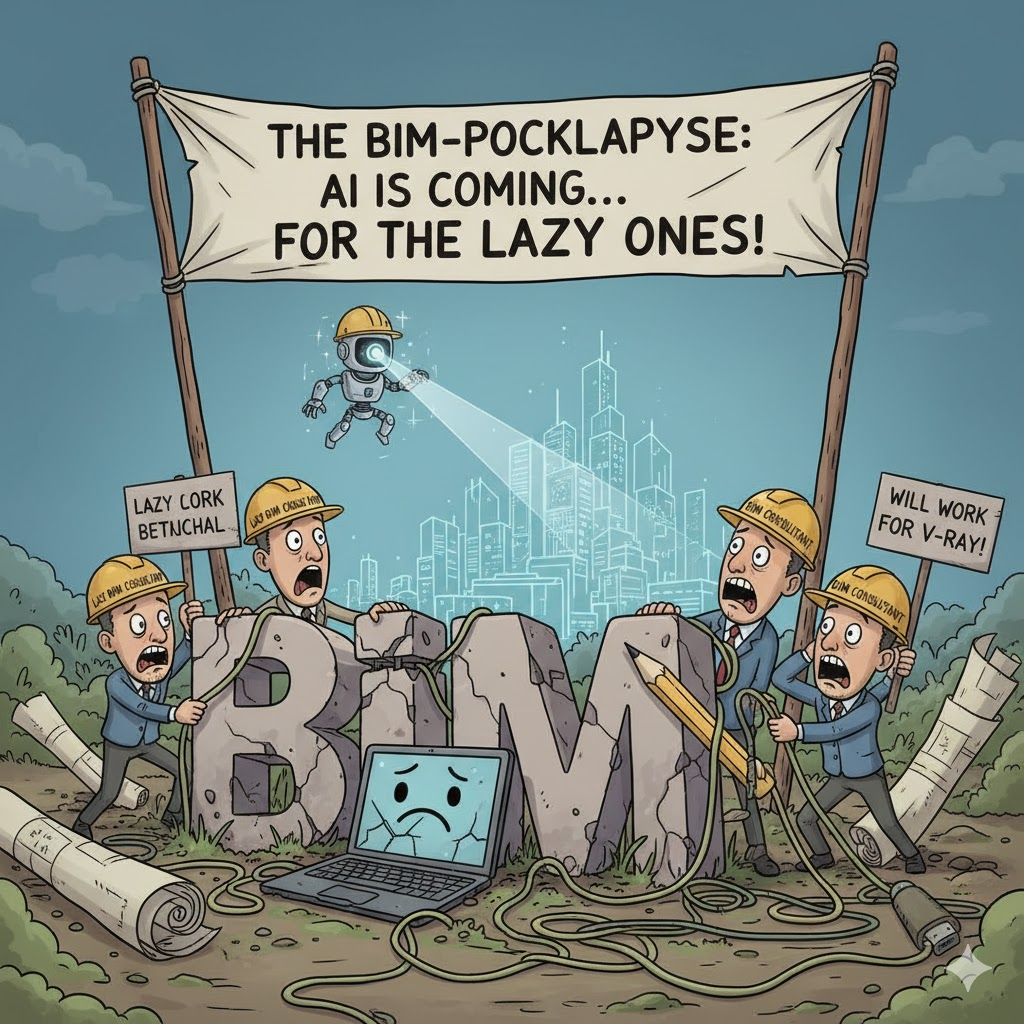Every Construction project in the world is at risk. It is embedded in the DNA of building something to have contingency, to have risk registers, and try and put in place measures to control the unknown. But at the same time, every Construction project in the world is turning a blind eye. They are accepting the status quo. They continue to blindly guess at how long something will take or how much it will cost, and sometimes those guesses are akin to stabs in the dark.
We all know this, to some degree. We have tried to study this industry. We have measured its waste, its rework. We have looked for ways to improve, to innovate. We have found and implemented some technologies. We invented the word BIM and built an industry around it. But that industry is dying.
Somehow I always knew that BIM would not last forever. It was just a codeword for change. It was a stepping stone. We went from paper, to CAD, to 3D, and BIM. But it has overstayed its welcome. Despite all the promise and bluster of this BIM thing, how much has it really changed? Construction companies still fail. We still waste. But some things are good, right? We coordinate models. We try to avoid clashes on site by effectively moving the work of coordination and design earlier in the process. This part makes sense, but it really isn’t BIM. It is just a new way of working.
And that is how BIM will die.
As a BIM consultant on some of the largest projects in the southern hemisphere, I pushed hard to do things better. I learned the best workflows and I tried to teach them, to ingrain them into projects and teams. But I saw something clear as day – as long as BIM exists as a non-integrated discipline, it won’t really succeed. If it is at arms length, it may as well be amputated. We see this play out as Construction businesses make national BIM roles redundant. They were never integrated into Design, Construction and Operations. They have been amputated.
Somehow BIM became a job title. We led the technology adoption. We weren’t afraid to disrupt. We had the guts to stand up and fight for a better way. We literally had to explain the same concepts over and over and over again until everyone in the room, in our business, and in the industry started to understand.
But as BIM is dying, so is that courage. I have started to observe more and more lazy BIM people. They have BIM in their job title, but they are no longer fighting for a better way. Having seen BIM born out of struggle and heartache, I now observe weakness. I see people who are trying so hard to preserve their precious BIM title, they have forgotten about the core ideals.
With the emergence of AI, the lazy BIM people are now scared of losing their jobs. Which might be warranted, but not for the reason they think…
(Part 2 to follow)
After reading the post by KP over at this link, I thought it would be worth sharing my recent BIM is Dead series.
Originally posted on LinkedIn here.





